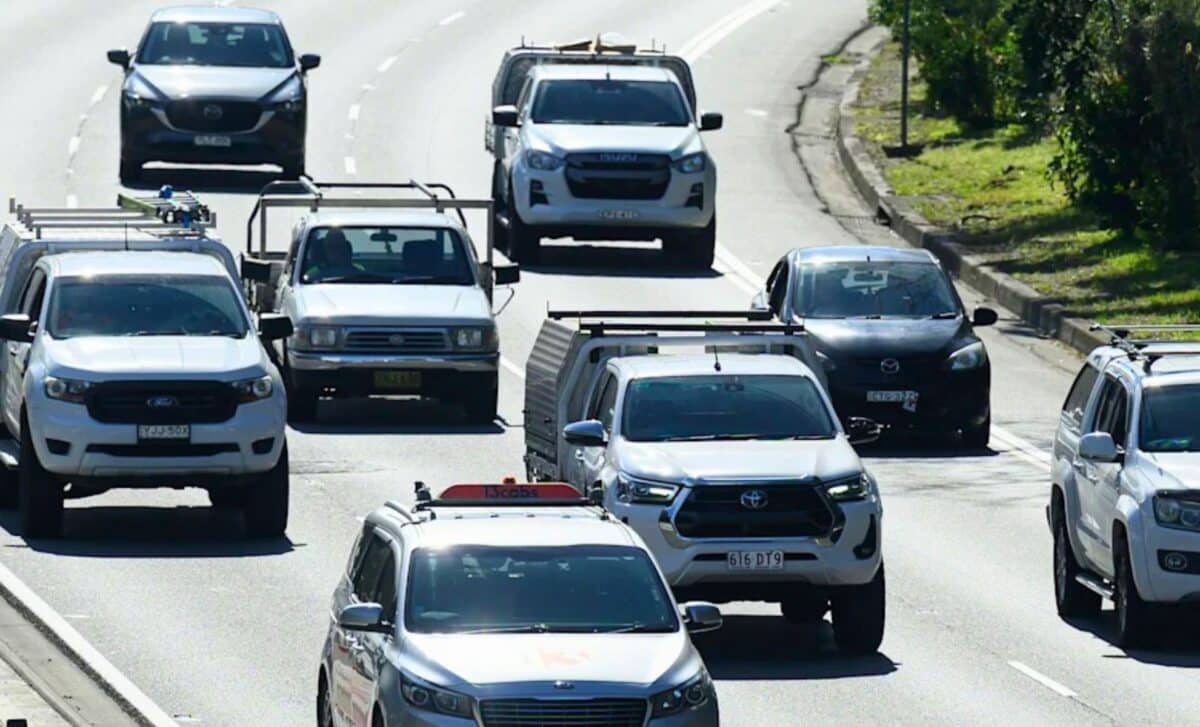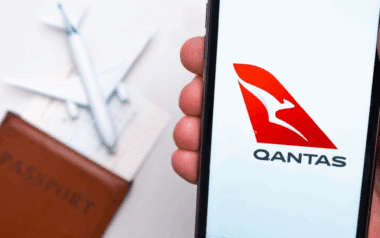Motorists in Australia will notice fewer car options in showrooms starting today, as new national safety regulations come into effect.
The update, which requires nearly all new vehicles to include autonomous emergency braking (AEB), is set to reshape the automotive landscape while promising to enhance road safety.
Why Are Certain Cars Disappearing?
The rule change is part of the Australian Design Rules (ADR), the national framework governing vehicle safety, emissions, and performance.
As of March 1, new cars and light commercial vehicles sold in Australia must be fitted with AEB technology, a system that automatically applies the brakes to prevent or reduce the severity of collisions.
Experts say the move aligns Australia with international safety standards, particularly those in Europe, where similar regulations are already in place under United Nations Regulation 152.
How Aeb Will Impact Road Safety
Road safety advocates have long pushed for mandatory AEB adoption, citing significant reductions in fatalities and serious injuries. According to Dr Angelo D’Elia from the Monash University Accident Research Centre, the change could prevent:
- 36 fatalities per year
- 688 serious injuries annually
“For low-speed crashes (under 60 km/h), AEB reduces fatalities and serious injuries by 28%,” Dr D’Elia told Yahoo News. “For high-speed crashes (over 60 km/h), it reduces them by 45%.”
Given Australia’s persistent road toll, the mandate is seen as a necessary step in modernizing the country’s vehicle fleet.
Which Cars Are Being Discontinued?
While most automakers have had ample time to integrate AEB, some popular models that lack the feature will be pulled from the Australian market. These include:
- Suzuki Ignis, Baleno, and S-Cross
- Mitsubishi ASX, Eclipse Cross, and Pajero Sport
- Mazda 6 (discontinued after 22 years in Australia)
- Renault Kangoo and Trafic (older models)
- Fiat 500 and Abarth variants
- LDV G10 and V80, Mahindra Pik-Up
Even high-end performance cars aren’t exempt. The Aston Martin DB11 and DBS, Lamborghini Aventador and Huracan, and select Porsche 718 models will also disappear from Australian dealerships.
A Shift Towards Safer Driving
The AEB mandate isn’t a surprise. The Australasian Fleet Management Association (AfMA) and ANCAP—the region’s leading vehicle safety body—have been advocating for voluntary AEB adoption since 2012. By 2015, ANCAP had integrated AEB into its safety rating system, pressuring manufacturers to comply.
Historically, Volvo led the way in AEB technology, introducing it as a standard feature in 2008. Since then, most mainstream brands have followed suit, making today’s rule change a natural progression for road safety in Australia.









